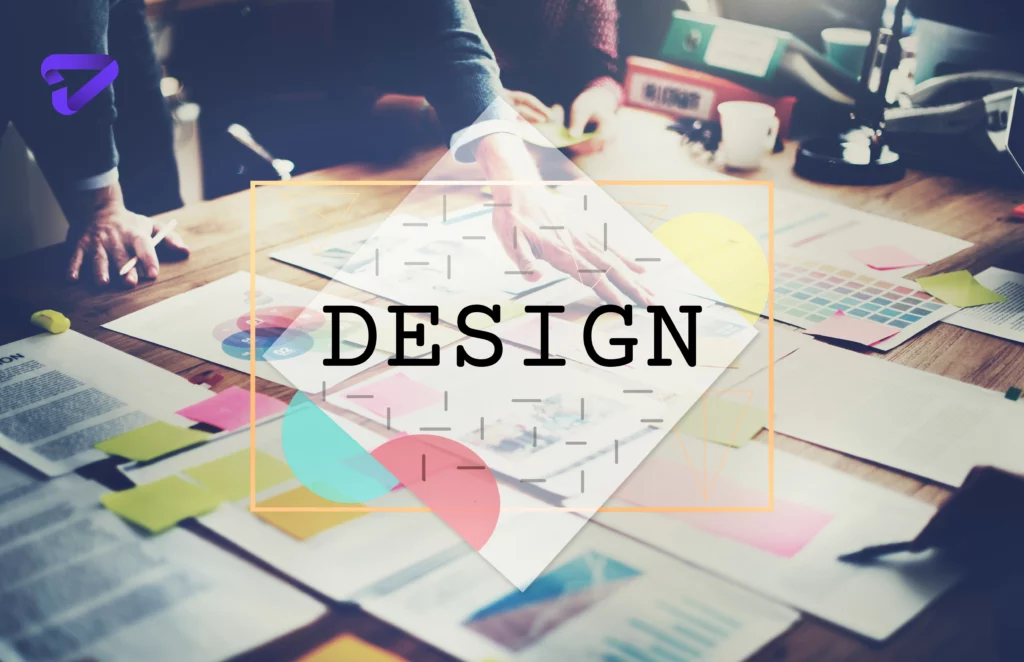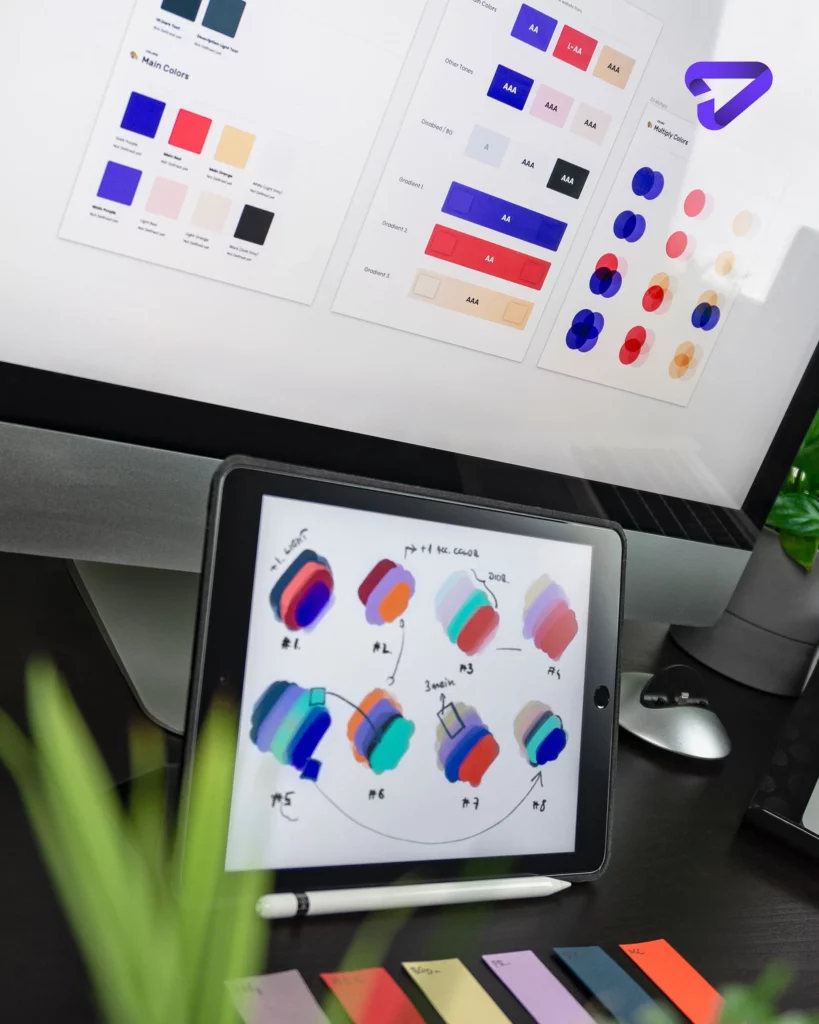
Can I learn graphic design on my own?
Learn graphic design on your own with step-by-step tutorials, practical exercises, and expert tips to master essential skills and create stunning visuals independently.
A Guide to Mastering Graphic Design Independently
A question that many wonder, can i learn graphic design on my own? Absolutely! You can quickly learn graphic design online or even learn graphic design for free. Read on to learn all you need to know before stepping into the field.
To be a graphic designer, start your journey by learning graphic design on your own through accessible online resources, hands-on projects, and continuous practice to develop your creative skills.
if you want to having more method for learning please see the dribble and get more idea.
Focus on Fundamentals First
When self-teaching graphic design, learn key fundamentals across design theory, composition, layout, typography, color theory, branding, and visual communication. Mastering these core concepts gives you a strong base for growth. Study and practice established principles of hierarchy, grids, symmetry, contrast, balance, visual weight, and layout. Learn how color psychology and typography choices influence emotions and messaging. Understand how shapes, lines, textures, imagery, and negative space direct eye flow and convey ideas. Building this knowledge prepares you for thoughtfully executing designs rather than just guessing.
Immerse Yourself in Diverse Inspiration
Surround yourself with excellent, diverse graphic design work across mediums, eras, and styles by studying posters, brochures, websites, logos, magazines, packaging, books, banners, signage, and more. Absorb what makes professional work practical and aesthetically pleasing. Look for common patterns and techniques in strong designs and innovative risks. Save pieces you admire in organized folders or Pinterest boards as references to guide your work. Great design should inspire your creativity while informing your sense of quality.
Practice Extensively to Hone Skills
Of course, theory alone cannot make you an adept designer. You must dedicate real time to actively practicing layouts, digital illustrations, photo manipulations, typographic compositions, color palettes, and more. Hands-on skills develop through repetition, experimentation, and, most importantly – creating volume. Recreate existing designs as exercises before attempting original work. Practice consistency across multiple mockups. Strive for speed as well as precision. The more you immerse yourself, the more natural and intuitive the software, tools, and concepts become.
Use Free Design Tools
Specialized design programs like Adobe Creative Cloud have steep learning curves and monthly costs. As a beginner, focus energy on practicing core creative skills, not complex tools. Start using free, browser-based design apps like Canva, Gravit Designer, Vectr, Desygner, Pixlr, and more. With these pared-down apps, you can still create impressive graphics, illustrations, and mockups. Once you improve your foundations, invest in advanced tools like Illustrator, Photoshop, and InDesign.

Leverage Quality Free Online Resources
Today’s abundance of high-quality free learning content online makes self-teaching achievable if you filter carefully. Take advantage of tutorials, courses, videos, articles, podcasts, and more to expand your knowledge and skills daily. Proper YouTube channels include The Futur, Visuaal, and DesignCourse. Consult educational hubs like Skillshare, Udemy, and Coursera for structured learning. Follow professional creatives sharing advice on Instagram, TikTok blogs, and elsewhere. Curate quality self-study resources across platforms as you build expertise.
Get Feedback to Supplement Learning
An independent learner misses out on the constant instructor feedback that classroom design students enjoy. Once you start creating original work, share it on creative forums, social platforms, student showcases, and with trustworthy friends and mentors in the field. Welcoming constructive critiques helps you identify weak spots and paths to improve. Review feedback before reacting defensively. Determine what suggestions align with your style goals versus issues needing remedy. External input supplements self-teaching.
Build a Versatile Graphic Design Portfolio
A portfolio demonstrates skills far better than any resume. Start compiling polished student work samples highlighting proficiency across mediums like logos, product packaging, posters, magazine layouts, advertisements, brochures, banners, websites, and more. Pursue both digital and print projects. Showcase 8-15 diverse pieces that represent your abilities and style. Portfolios help land internships, freelance gigs, and entry-level jobs. Update it as your work evolves.
Certificates Add Credibility
While not required, earning certificates from accredited institutions validates your self-taught graphic design knowledge to potential employers. Online course platforms like Coursera and LinkedIn Learning offer affordable certificates upon completing programs. You can also get certified in various specific software. Add certificates to portfolios and resumes to showcase your dedication to professional training when formal education is absent.
Never Stop Learning and Practicing
So, is graphic design hard to learn? If you’re someone who won’t give up quickly, then of course not! Graphic design evolves constantly. The learning process never ends for both self-taught and formally educated designers. Success comes from practicing continually, even after landing jobs. Stay updated on trends, technologies, styles, and best practices. Immerse yourself in the industry. Consider a mentorship with an experienced designer. Set goals to reach higher mastery levels. Make lifelong learning, creating, and improving core habits.

Yes, with resourcefulness and perseverance, you can start down the graphic design career path independently. But learning alone has challenges. Try to gain classroom education through associate degrees, vocational programs, or online courses if possible. Either way, stay patient, determined, and proactive. Consistent immersion breeds skill.
Graphic Design Trends of 2024 That Fresh Designers Should Look Out
Is it stressful to be a graphic designer? While the profession can be demanding, learning graphic design on your own allows you to manage your pace and reduce stress by building a solid foundation before entering the industry.
Here are some critical graphic design trends and technologies that designers should stay current on:
- Motion graphics – Animation and cinematography are used more in branding and digital experiences, and learning motion graphics tools like After Effects is beneficial.
- Variable fonts – These new font capabilities allow fluid transitions between styles and weights within one typeface. This creates new interactive typography potential.
- Generative design – AI tools can now generate design elements like logos, graphics, and layouts. Designers should understand how to direct them effectively.
- WebGL – This JavaScript API allows the rendering of interactive 3D graphics on websites without plugins. It’s expanding the possibilities for the web.
- Augmented reality – AR overlays digital elements onto the real world through mobile cameras. AR use in marketing, packaging, and apps is rising.
- Responsiveness – With mobile dominating, responsive design across devices is mandatory through CSS techniques like fluid grids and flexbox.
- Prototyping tools – Apps like Figma, Adobe XD, and InVision enable interactive prototyping for UX design and collaboration.
- SVG graphics – Scalable vector graphics improve loading speeds and responsiveness vs. traditional image types.
- Brutalist design – Stark, raw, practical aesthetics (like exposed concrete and hard edges) are newly popular.
- Design systems – Component libraries enable consistent UX and improve efficiency for larger organizations.
Staying fluent in these and more emerging technologies will help designers remain elegant and valuable. Lifelong learning is essential in this fast-moving field. If you’re keen to learn about our charlotte graphic design services, reach us today.







